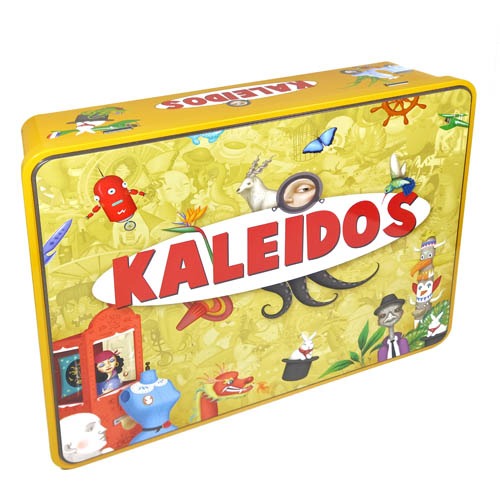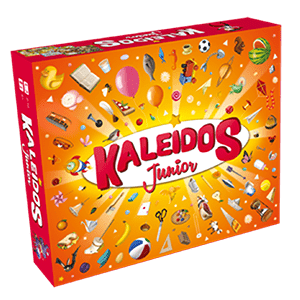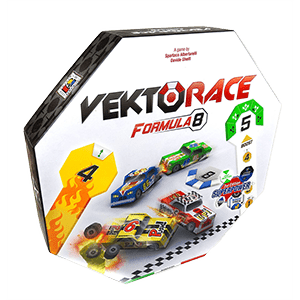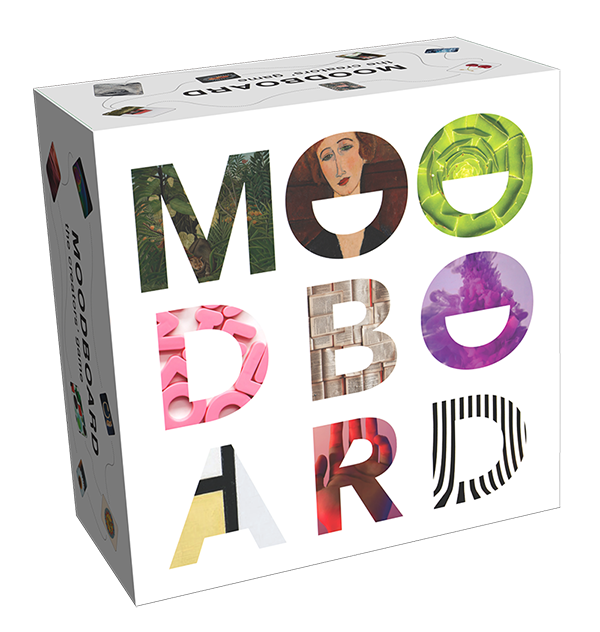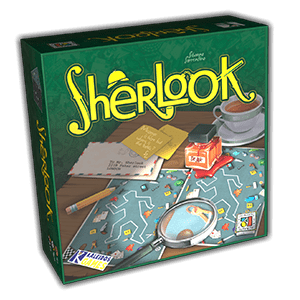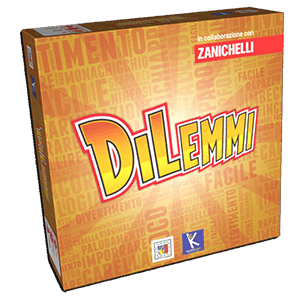
RULES
A game by Spartaco Albertarelli
Illustrations by Elena Prette e Valentina Mendicino
COMPONENTS
16 Illustrated boards
1 hourglass (1 minute)
80 small tokens (4 different colours)
1 Spinner
1 rulesbook
IMPORTANT:
Before your first game, attach the arrow to the printed side of the wheel
AIM OF THE GAME
The aim of the game is to find as many elements in the picture as possible which correspond to a category or begin with the selected letter.
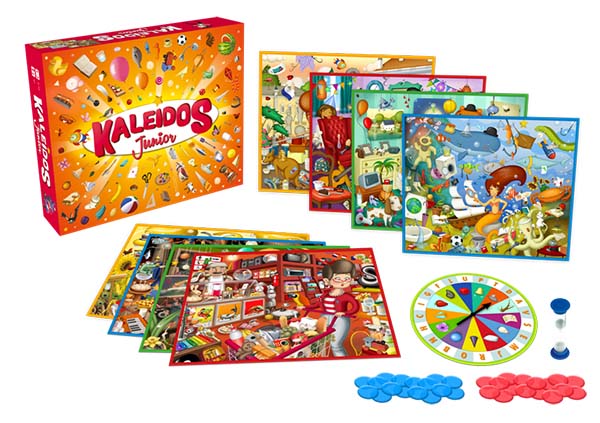
SETUP
Divide the 16 illustrated boards into 4 sets according to their coloured border.
Each player chooses a border colour and takes the corresponding coloured boards. Put the hourglass and the spinner in the centre of the table.
Choose one of the 3 game levels:

object categories (level 1)

letters (level 2)
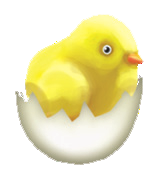
pencil/paper (level 3)
THE GAME
Level 1: playing with object categories
Each player puts the same illustration in front of themselves (all with the same number). Then each player takes the small tokens in his/her colour:
4 and 5 year olds: take 10 tokens;
6 to 8 year olds: take 15 tokens;
everyone else: take 20 tokens.
The remaining tokens are not used. One of the players then determines the object category by spinning the spinner.
There are the following 13 categories:
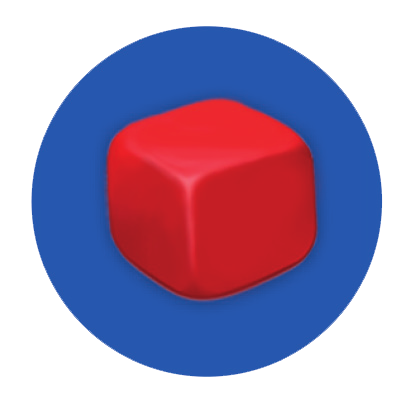
Something square (or rectangular)

Something which makes noise
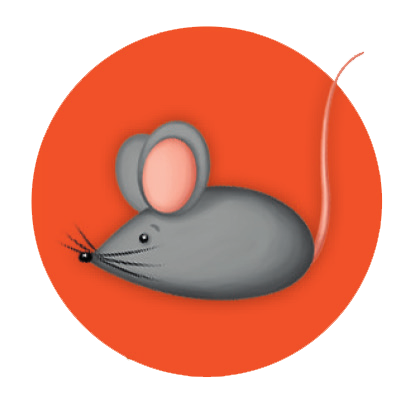
Something that moves

Something made of wood

Something made of paper

Something fragile

Something soft

Something pointed

Something round

Something which smells

Something liquid

Something edible

Something hard

Cose quadrate o rettangolari
The player who spins the spinner can choose the category that the arrow points directly to or one of the categories on either side.
The hourglass is then turned over. Now the players have to find as many items as possible belonging to this category in the illustration and put a token on every item they find. The round ends when the hourglass runs out.
The players then say out loud, in turn, all the items they have found. Everything can be questioned and must be justifiable.
NB: if several items with the same name can be found in the illustration, you can only put a token on one of them.
Then the tokens which are placed correctly on the illustration are removed from the game: they are either put back in the box or piled in the middle of the table. The players continue the game with the tokens which were not valid and the ones they have left. For the next round, the players take a new illustration (with the same number).
A new object category is determined as described previously and the game continues until a player has no tokens left. The game is won by the first player who places all his/her tokens correctly.

Level 2: playing with letters
Each player puts the same illustration (with the same number) in front of themselves. Then each player takes the small tokens in his/her colour:
4 and 5 year olds: take 10 tokens
6 to 8 year olds: take 15 tokens;
everyone else: take 20 tokens
The remaining tokens are not used.
The spinner is spun to select a letter. Then the hourglass is turned over. Now the players have to find as many items as possible beginning with this letter in the illustration and put a token on every item they find. The round ends when the hourglass runs out.
The players then say out loud, in turn, all the items they have found. Everything can be questioned and must be justifiable.
NB: if several items with the same name can be found in the illustration, you can only put a token on one of them.
Then the tokens which are placed correctly on the illustration are removed from the game: they are either put back in the box or piled in the middle of the table. The players continue the game with the tokens which were not valid and the ones they have left.
For the next round, the players take a new illustration (with the same number). A new letter is determined as described previously and the game continues until a player has no tokens left. The game is won by the first player(s) who place(s) all his/her tokens correctly.
Level 3: playing with pencils and paper.
Each player puts the same illustration in front of themselves (all with the same number) and takes a pencil and crayon. The spinner is used to select a letter and the players have to find as many items as possible beginning with this letter in the illustration. The players write down everything they found on their paper (hiding what they are writing) while the hourglass runs twice (so 2 minutes).
When the time is up each player reads his/her words and wins:
– 1 point for every item in common with one or more opponents;
– 3 points for every item that he was the only one to find.
Everything can be questioned and must be justifiable. The players add up their points scored and write down their scores. At the end of the 5th round, the player with the most points wins the game!
VALID WORDS
1. All the items which can clearly be seen in the illustration are valid.
2. A same object can include different parts: a «bicycle» can also be seen as a «seat», «wheel», «handlebars» etc.
3. Each item can only be used once, no singular/plural repetitions.
4. If the same word applies to several different objects in an illustration (for example, a heart (shape) and heart (organ), it can be written several times.
5. Any ambiguous word can be accepted if the majority of the players vote in favour.
ADVICE
The box contains 4 groups of boards but you can play with more than 4 players. Make teams and play with several people in front of the same illustration.
To make the game easier you can play with 3 categories or 3 letters at the same time: the category or letter designated by the arrow as well as those directly to the left and right
